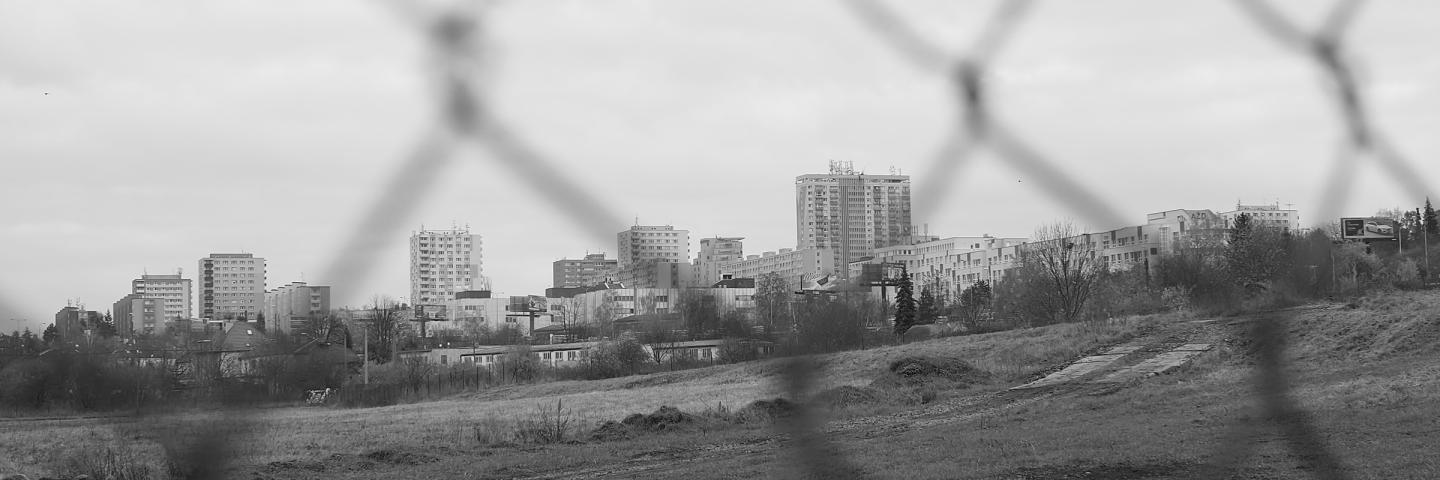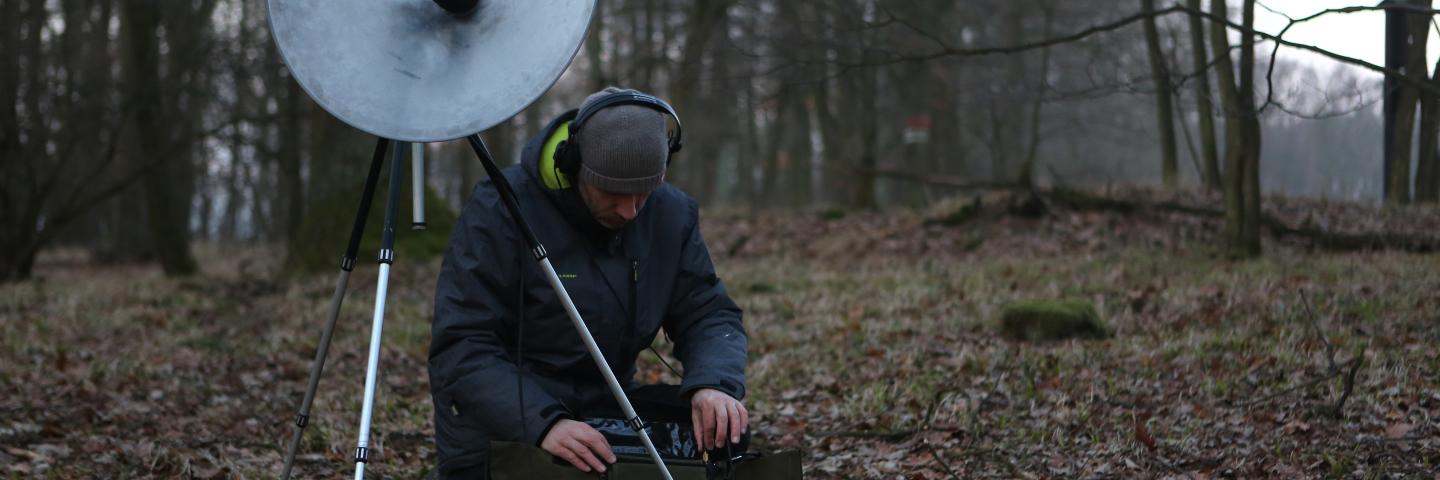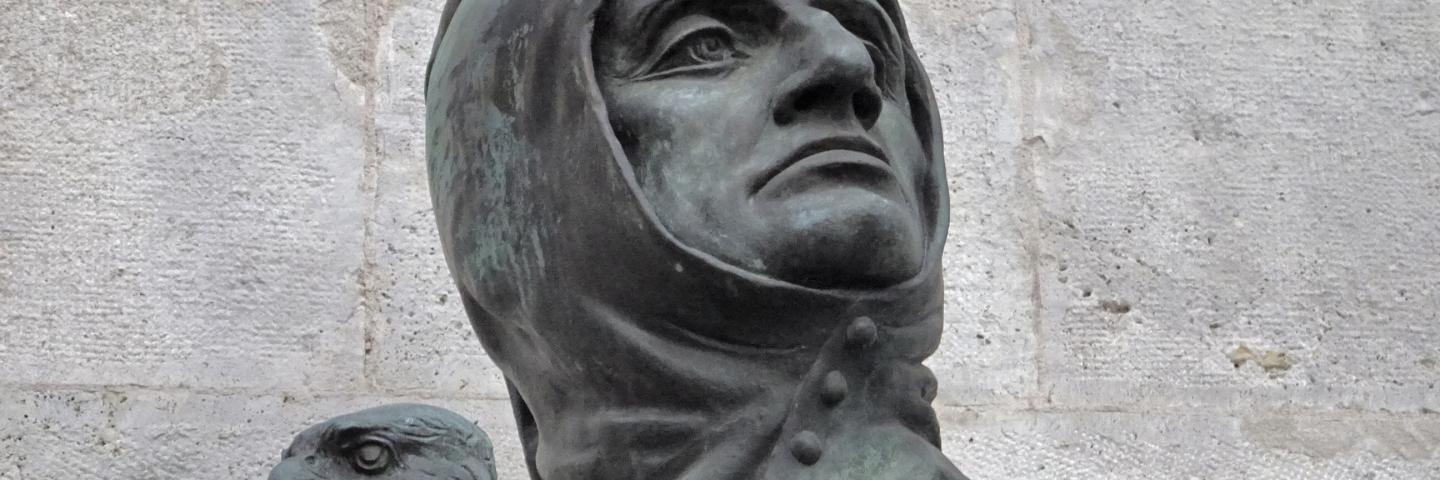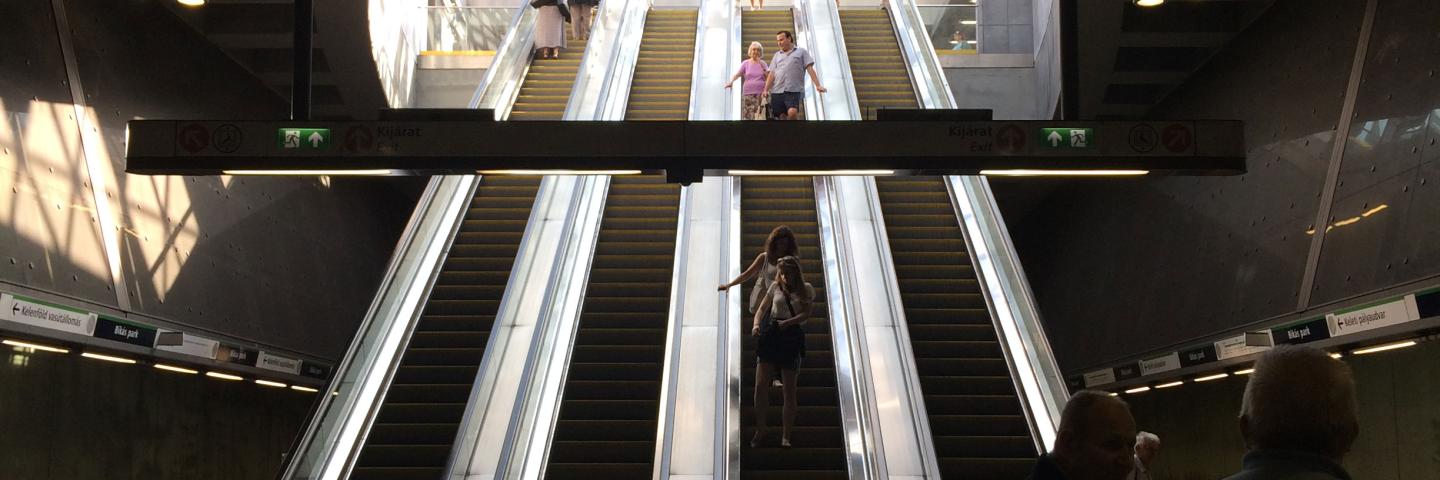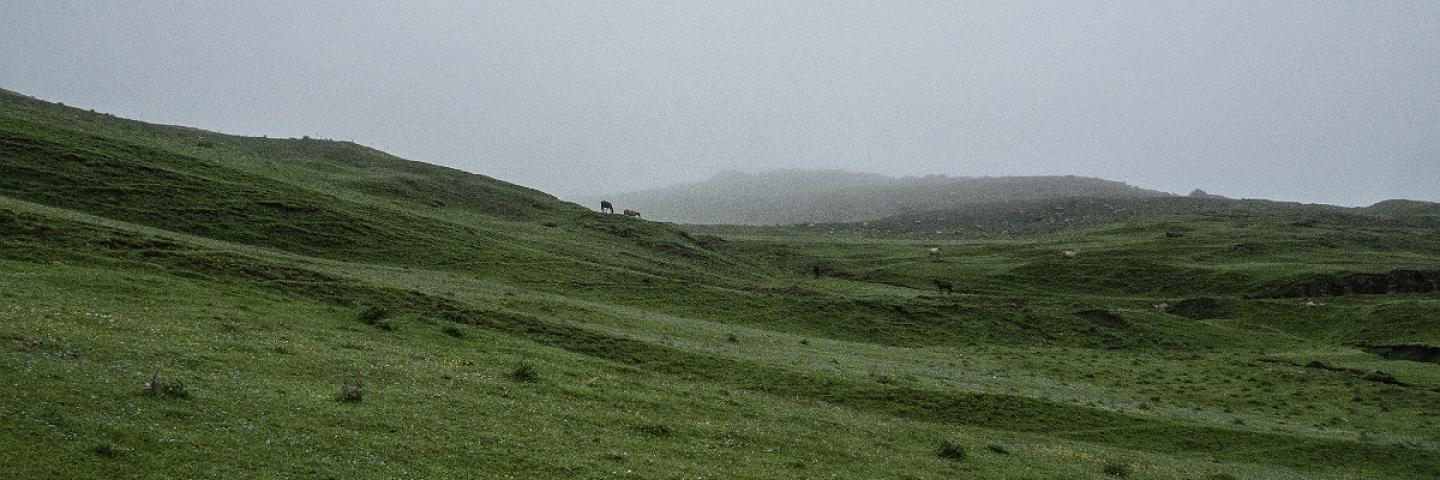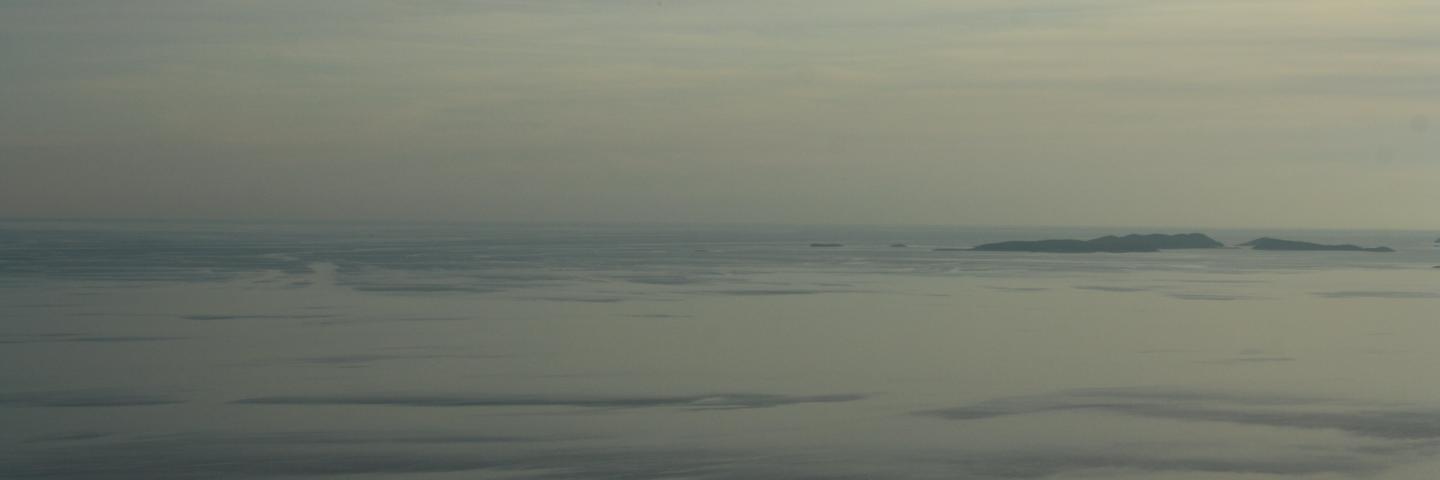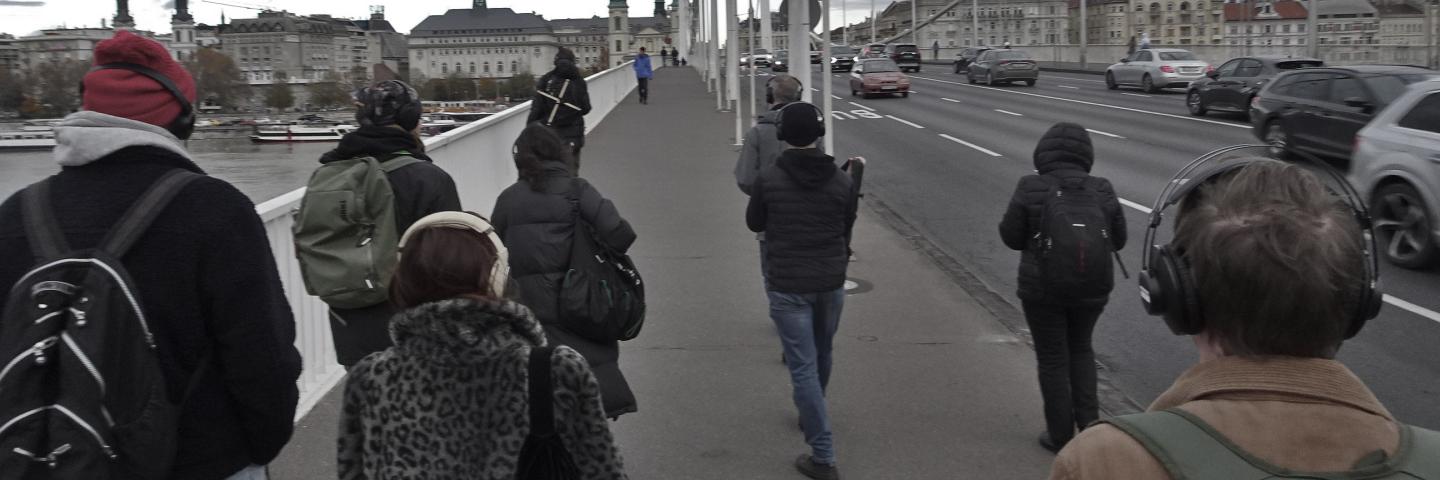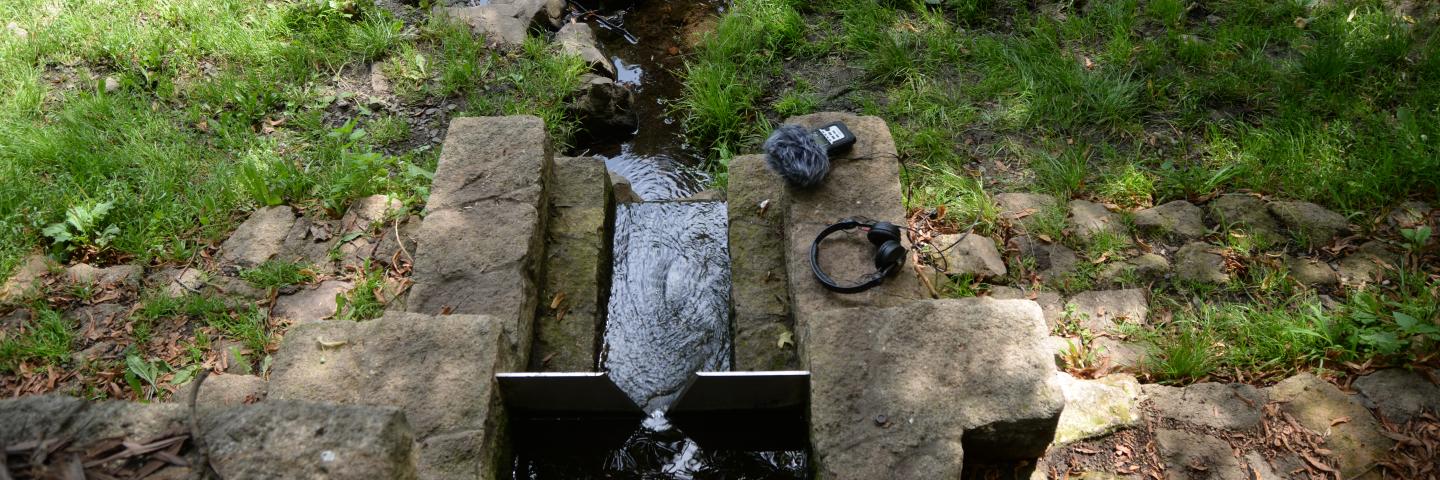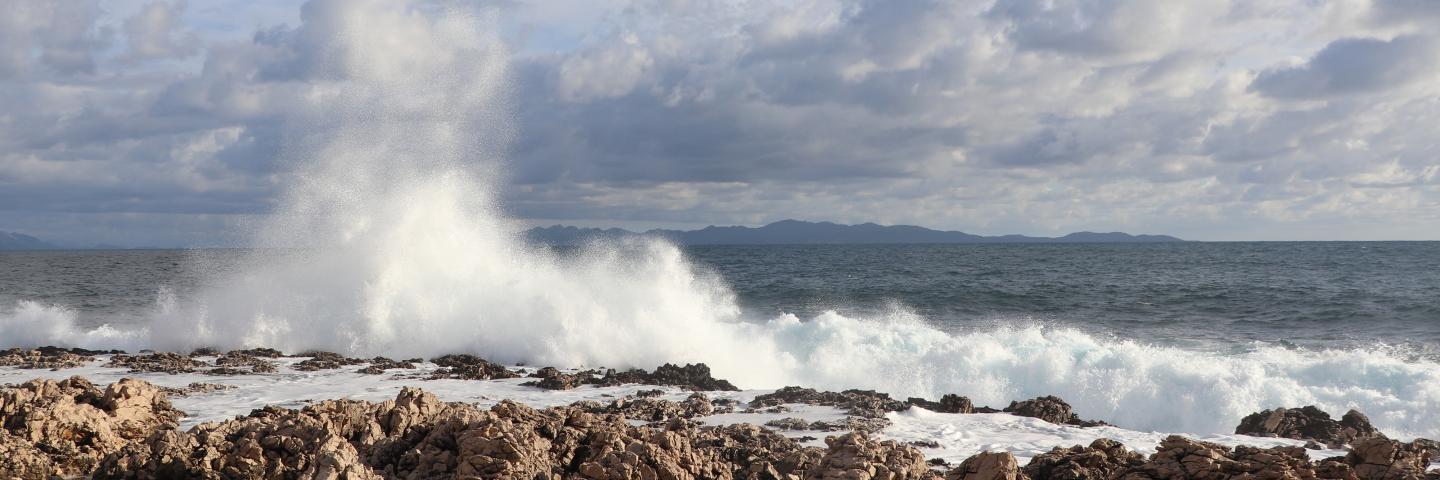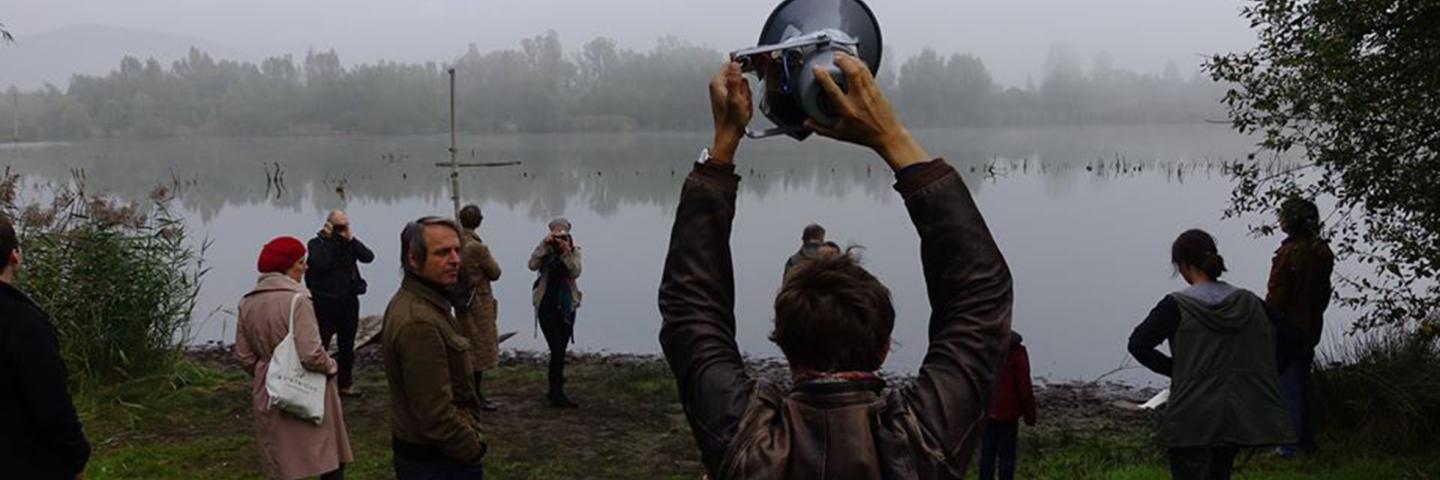
A Sonic Counter-Cartography of Eastern White Pines
Danny Clarke
A Sonic Counter-Cartography of Eastern White Pines is a multi-sensory counternarrative exploring sonic modes of knowing through field recordings and biosonification of Eastern White Pines as a spatial practice of immersive listening. Listening with and through Eastern White Pines as an emergent archival practice within the expanded field of acoustemology emphasizes experiential knowing through immersive listening. It invites mediation between the sensorial, multispecies ecologies, and collective memory.
Examining the symbolism associated with Eastern White Pines, the project interrogates how heritage, tradition, and identity conjoin with the landscape. The Eastern White Pine is the tallest tree in the Northeast of North America. Pre-settler old-growth Eastern White Pines were between 300-400 years old and grew over 60 meters tall with trunk diameters up to 1.25 meters. These trees are integral in Indigenous medicinal, cultural, and cosmological knowledge. As a material resource, the Eastern White Pine became an important symbol for the identity of the United States as an emerging Western Nation. The tallest and thickest Eastern White Pines were prized for ship masts on thousands of ships built in New England for the triangle trade and slave ships. The clearing of old-growth Eastern White Pine stands and the displacement of Indigenous populations between the 1600s and 1800s forever reshaped the landscape of the American Northeast. Less than 1% of pre-settler old-growth Eastern White Pine lives in the Northeast today.
The performance incorporates multiple field recordings, soil recordings, and biosonification compositions recorded during immersive listening sessions with Eastern White Pines across the Northeastern United States within a generative soundscape using Max/MSP and integrating minimal electronic instruments.
Bio
Danny Clarke is an interdisciplinary artist-researcher whose practice investigates intersections of exterior and interior experiences concerning personal and collective counter-memories tied to land and place through sound. Danny’s current work explores the spatial practice of immersive listening as an emergent archival practice within an expanded field of sound art that invites a meditation on sensorial and sonic modes of knowing, multispecies ecologies, and collective memories. His other ongoing work translates audio frequencies from field recordings and personal interviews into ceramic 3D-printed vessels as tangible connections between temporal experiences and bodily memories tied to the place memories of land, site, and space. Danny holds a Master in Design Studies from the Harvard Graduate School of Design and a Bachelor of Science in Architecture from Boston Architectural College.
